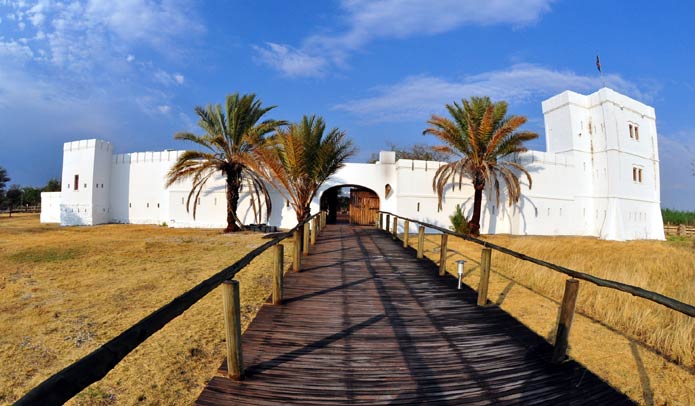Working for the Man. Working with the Man.
On dioramas and purpose of life.
Wellington Artists: Modellers, painters, wargamers in the Weta Workshop.
Oh yes, and Sir Peter Jackson, and the Perry brothers.
(Photo credits: First 3 photos :Roly Hermans. Official project blog: Mustering the Troops. The rest are from my camera. Very strict on what photos may be taken. Roly as official photographer/blogger and a brief photo session)
On dioramas and life:

I am 5 years old.
I am standing in front of a diorama in the tower of Fort Namutoni, in the Etosha Park, in what is now Namibia. I ask my father to lift me up, so that I can see the scene better. I am content:
A 6 foot x 6 foot square diorama: Hundreds of Ovambo warriors assailing the German defenders of the Fort.
I stand transfixed. I can't stop looking. My father becomes tired and puts me down. I return several times during our stay, to marvel at the figures, the miniature landscape and the miniature replica of the building that I was standing in.

I am 10 years old. I see a diorama of Rome in a book. My friend Jan and I decide that we would build Rome. We start, but lack any idea of how to go about it. We buy figures and start making walls. The grandiosity of the project overcomes us.
I am 15 years old. I build a diorama in our garage with my friend Barry: A 12 x 12 foot diorama for wargaming. Another depicting a WW2 Airfield during the Blitz. The size is impractical. But it serves its purpose. We game. I am content.
I am 25 years old. I stand in Fort Namutoni with Jeanine, the love of my life. I brought her to Namibia to meet my parents. The African sun is setting, a truly beautiful sight. I look at the diorama again. A little dusty now, but still there. I am content.
I am 35 years old. I now stand in New Zealand, with my young family in tow. Somehow a trunk with miniatures make it across the waves. " Daddy, can I play with them? "
"When you're a bit older, Luc"
He revisits the trunk over the years, I think as transfixed as I was with the diorama at Namutoni, until the day that we take them out and start to play. I am content.
I am 40 years old. My son and I start building, painting and wargaming together. My wife tolerates and encourages it. I am content.
I am 45 years old. My son and I play in the New Zealand Warhammer Team Championships together. I am content.
I am 50 years old.
I stand on top of what may be one of the largest dioramas in the world, in the Weta Workshop with my son, Luc.
We are working on the WW100 Project, depicting the battle of Chunuk Bair during the Gallipoli campaign of WW1. Beside me are my son, my friends and fellow artists and gamers, a retired Chief of the NZ Defence force, the Perry brothers, (makers of some of the best military miniatures in the world), and Sir Peter Jackson. I am not content.
I AM OVER THE MOON !
Sir Peter and the Perrys discussing some of the finer detail of the diorama over a few thousand Turks
Selfie with you-know-who
Sam, Fern and Morty being photo-bombed by the same guy.
Horsing around with the Perry brothers






















































































